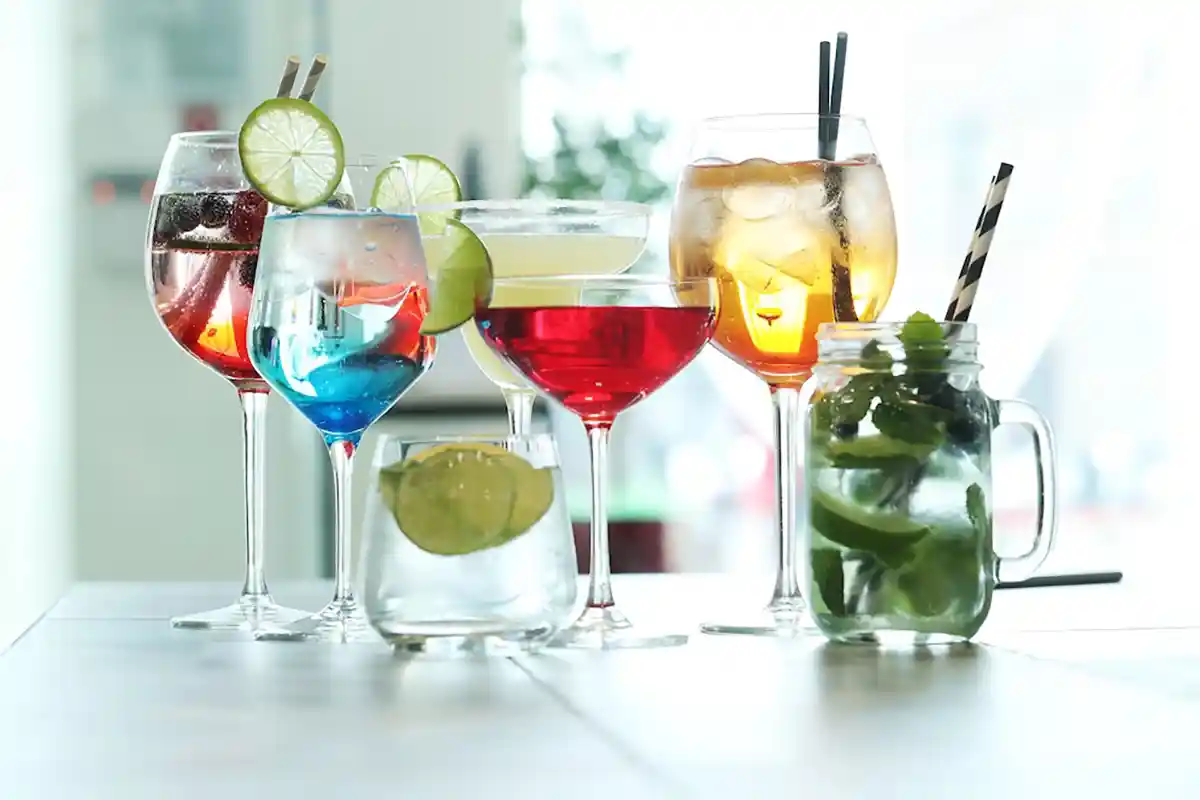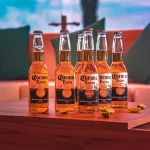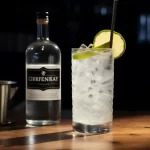Cocktails are an indulgent and exquisite experience, and the glass you use to serve them plays a crucial role in their presentation and taste. Whether you are a seasoned bartender or a home mixologist, choosing the right cocktail glass can elevate your drinking experience to the next level. In this ultimate guide to cocktail glasses, we will cover everything you need to know about choosing and using the perfect glass for your favorite cocktails.
1. Introduction
Cocktail culture has experienced a renaissance in recent years, with new and innovative drinks constantly emerging. However, many people often overlook the importance of the glass they use to serve their cocktail. The right glass not only enhances the visual appeal of the drink, but it can also affect the aroma, temperature, and overall taste. In this guide, we will take a closer look at different types of cocktail glasses, how to choose the right glass for your drink, and how to care for your glassware.
2. The Importance of Choosing the Right Cocktail Glass
Choosing the right glass for your cocktail is not just a matter of aesthetics. The size, shape, and material of the glass can all impact the taste and presentation of your drink. For example, a wide-rimmed glass can enhance the aroma of a cocktail, while a narrow-mouthed glass can keep the scent concentrated. Similarly, a tall glass can keep a cocktail colder for longer, while a short glass can provide a more robust flavor profile. Choosing the right glass can help you create a drink that looks, smells, and tastes its best.
3. Different Types of Cocktail Glasses
There are many different types of cocktail glasses to choose from, each with its unique design and function. Here are some of the most popular types of cocktail glasses and their uses.
1. Martini Glasses
The martini glass is a classic cocktail glass, recognizable by its cone-shaped design and long stem. This glass is designed to keep the drink cold while preventing the heat from the hand from warming it up. The wide-mouthed glass also allows for the aroma of the drink to be more concentrated.
2. Highball Glasses
Highball glasses are tall, narrow glasses that are typically used for drinks that are mixed with a lot of ice and soda. The tall, narrow design keeps the drink cold for longer, while the wide rim allows for easy garnishing.
3. Coupe Glasses
The coupe glass is a classic champagne glass, recognizable by its shallow, saucer-like shape. This glass is now commonly used for cocktails like the Sidecar and the French 75. The wide bowl of the glass allows for the aroma of the drink to be more concentrated, while the stem keeps the drink from warming up.
4. Collins Glasses
The Collins glass is a tall, narrow glass that is typically used for drinks like the Tom Collins and the John Collins. The tall, narrow shape keeps the drink cold for longer
5. Shot Glasses
Shot glasses are small, usually cylindrical glasses that are used for serving spirits or liqueurs in small quantities. They come in various shapes and sizes and can be made from different materials such as glass, plastic, or metal.
6. Margarita Glasses
Margarita glasses are recognizable by their wide, shallow bowl and long stem. They are commonly used for serving Margaritas, Daiquiris, and other frozen or blended cocktails. The wide rim allows for easy salt or sugar rimming.
7. Hurricane Glasses
The hurricane glass is a tall, curvy glass with a wide mouth and a narrow bottom. This glass is typically used for drinks that are blended with fruit juices and crushed ice, such as Hurricanes and Piña Coladas. The unique shape of the glass allows for the flavors and colors of the drink to be more visible.
8. Champagne Flutes
The champagne flute is a long, narrow glass with a tapered top that is designed to keep champagne and other sparkling wines bubbly. The long stem prevents the warmth from the hand from affecting the temperature of the drink, while the narrow opening helps to concentrate the aroma.
9. Nick and Nora Glasses
Nick and Nora glasses are similar to martini glasses but are smaller and more rounded. They are named after the characters in the 1930s film “The Thin Man” and have since become a popular choice for serving classic cocktails.
10. Rocks Glasses
Rocks glasses, also known as old-fashioned glasses, are short and stout glasses with a thick bottom. They are typically used for serving cocktails that are meant to be enjoyed over ice, such as Whiskey Sours or Old Fashioneds.
11. Brandy Snifters
Brandy snifters are round, balloon-shaped glasses with a short stem. They are designed to be held in the palm of the hand, allowing the warmth of the hand to heat the brandy and release its aromas.
12. Pint Glasses
Pint glasses are typically used for serving beer and other carbonated drinks. They have a tall, cylindrical shape with a slight taper at the top and a wide mouth.
4. Choosing the Right Glass for Your Cocktail
Choosing the right glass for your cocktail can make a big difference in its taste and presentation. Here are some tips for choosing the right glass for your drink:
- Consider the ingredients: Different ingredients may require different glass shapes and sizes. For example, a drink that is served on the rocks may require a short, stout glass, while a frozen drink may require a wider, more shallow glass.
- Consider the temperature: The temperature of the drink can also impact the glass you choose. Drinks that are served cold may require a glass with a narrow opening, while hot drinks may require a glass with a wider opening.
- Consider the visual presentation: The glass you choose can also impact the visual presentation of the drink. A tall, slender glass may make a drink look more elegant, while a short, stout glass may make it look more robust.
5. Tips for Serving Cocktails in Style
In addition to choosing the right glass for your cocktail, there are some other tips you can follow to serve your drinks in style:
- Use fresh, high-quality ingredients: Using fresh, high-quality ingredients can make a big difference in the taste and appearance of your cocktail.
- Garnish your drinks: Adding a garnish can make your cocktail look more visually appealing and can also enhance its aroma and flavor.
- Use a cocktail shaker: Using a cocktail shaker can help you mix your ingredients thoroughly and can also add a touch of flair to your presentation.
6. Caring for Your Cocktail Glasses
Properly caring for your cocktail glasses can help them last longer and maintain their quality. Here are some tips for caring for your cocktail glasses:
- Hand wash your glasses: Most cocktail glasses are not dishwasher safe and should be washed by hand in warm, soapy water.
- Avoid using abrasive materials: Abrasive materials like steel wool or abrasive sponges can scratch or damage your glasses. Instead, use a soft cloth or sponge.
- Dry your glasses carefully: Drying your glasses with a soft cloth or towel can help prevent water spots and streaks.
- Store your glasses carefully: Store your glasses in a dry, dust-free location to prevent breakage or damage.
7. Conclusion
Choosing the right cocktail glass can enhance the taste, aroma, and presentation of your drink. With so many different types of cocktail glasses to choose from, it can be overwhelming to know which one to use for your favorite cocktail. However, by considering the ingredients, temperature, and visual presentation of your drink, you can choose the perfect glass to take your cocktail experience to the next level.
8. FAQs
- Can I use any type of glass for a cocktail?
No, using the right glass for your cocktail is important for enhancing the taste and presentation of your drink.
- How do I know which glass to use for my cocktail?
Consider the ingredients, temperature, and visual presentation of your cocktail to choose the right glass.
- Can I put my cocktail glasses in the dishwasher?
Most cocktail glasses are not dishwasher safe and should be washed by hand.
- Can I store my cocktail glasses upside down?
Yes, storing your glasses upside down can help prevent dust and debris from getting inside the glass.
- How do I prevent my cocktail glasses from breaking?
Store your glasses in a dry, dust-free location and avoid using abrasive materials when washing them.









